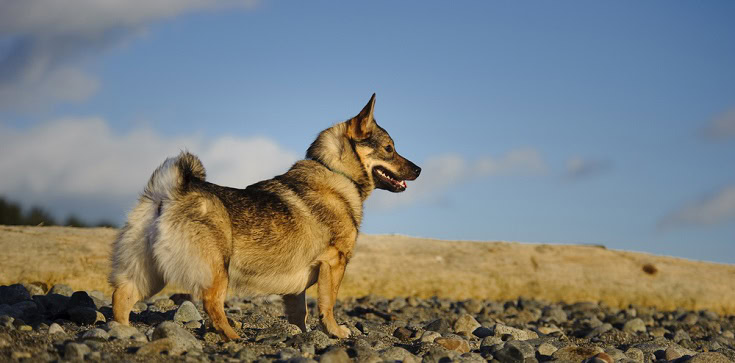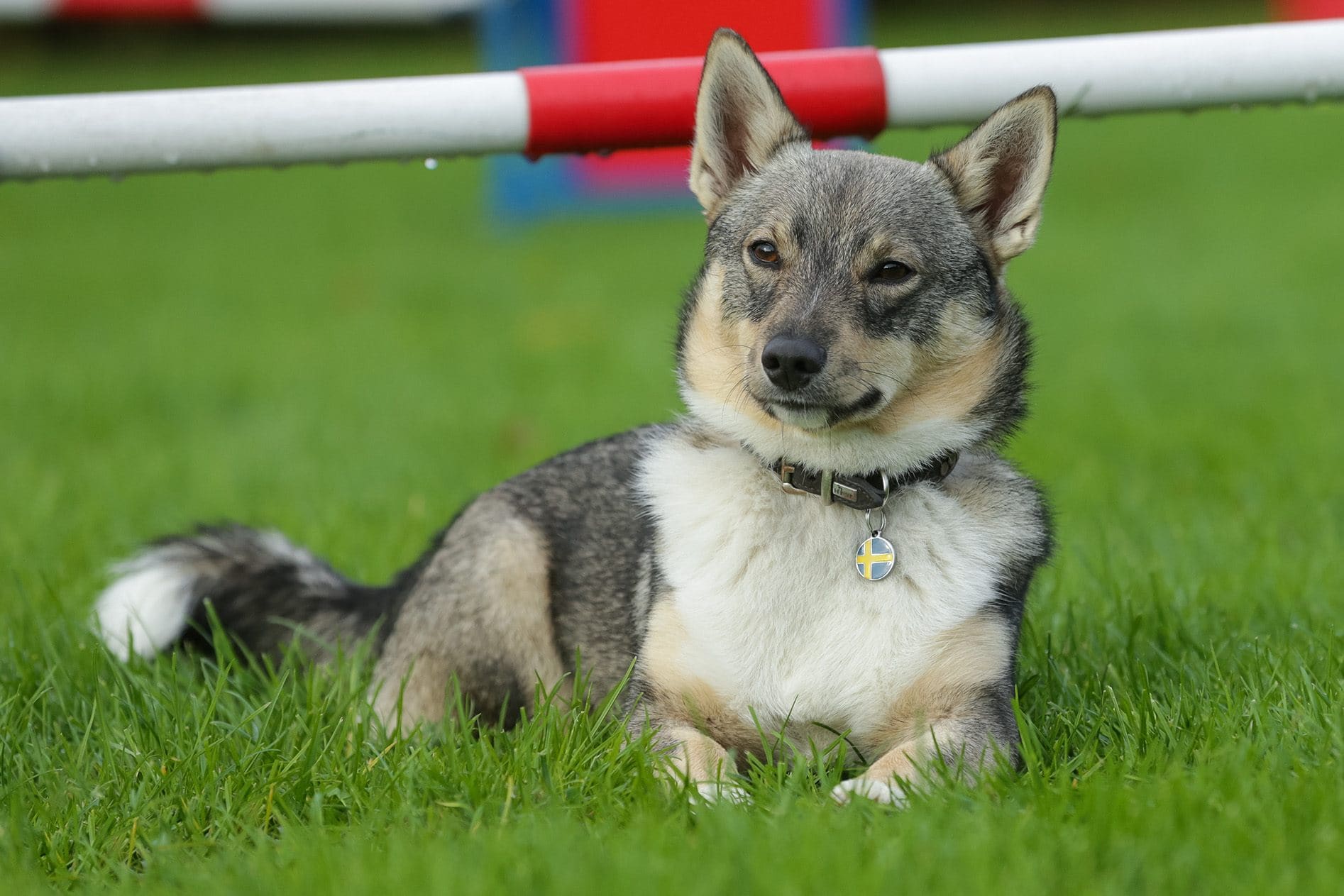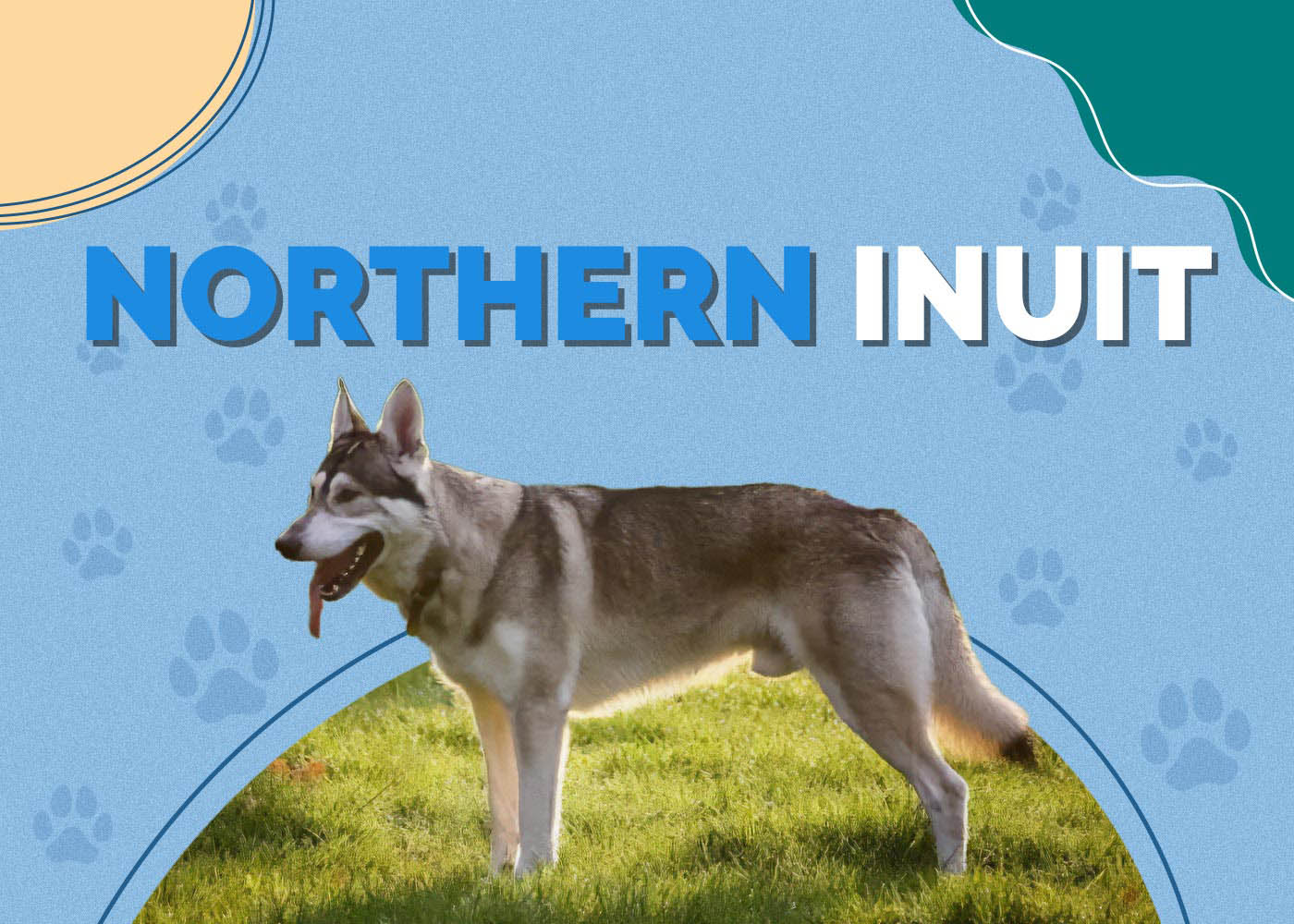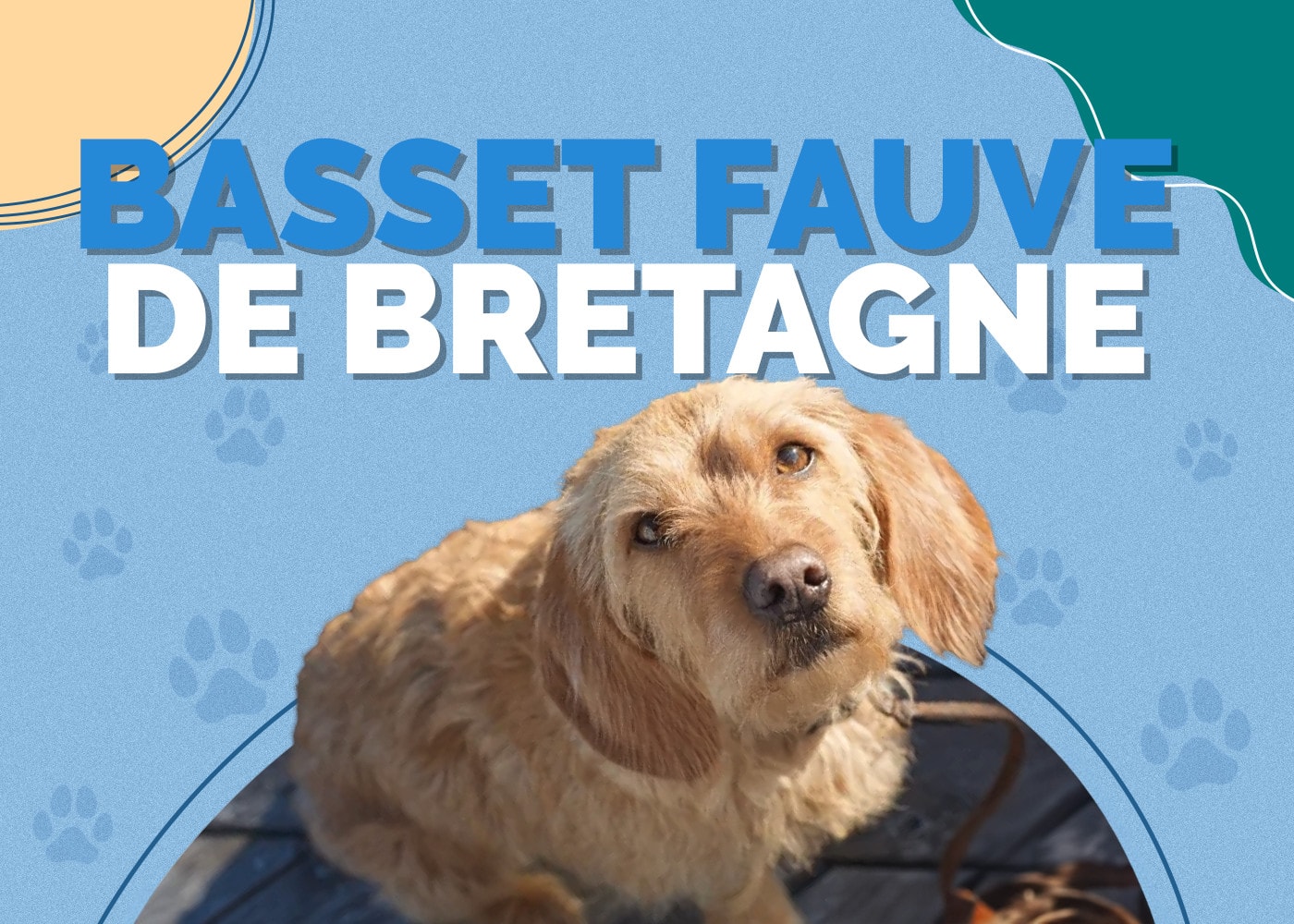Swedish Vallhund: Dog Breed Info: Pictures, Personality & Facts

Updated on

| Height: | 11–14 inches |
| Weight: | 20–35 pounds |
| Lifespan: | 12–15 years |
| Colors: | Sable, grey, red |
| Suitable for: | Families with kids, companionship |
| Temperament: | Sweet, energetic, watchful |
The Swedish Vallhund is a dwarf pup that has yet to gain popularity in the Western world. As their name suggests, they come from Sweden and have a fiery and energetic spirit. They look similar to the Corgi, but they are an entirely distinct breed that has been around for many centuries.
The Swedish Vallhund is considered a dwarf breed because they have a larger, muscular body on short legs. They are members of the Spitz family, which shows in their pointed faces and fluffy, curled tails. They are classed in the herding group by the AKC.
Swedish Vallhund Puppies
Swedish Vallhunds are challenging to find in America. Their price reflects that, and you will often be put on a waiting list if you express an interest in adopting one. It is not common to find a Swedish Vallhund in a shelter, so many decide to adopt one from a breeder. However, you must vet the breeder appropriately to guarantee that they treat their dogs well.
Any high-standard breeder will be fine with giving you a tour of their breeding facilities. They should take you through each part of the area where the dogs are kept or allowed so you can be assured that they have been treated well.
With a purebred dog like a Swedish Vallhund, the breeder should always have papers and certifications to prove their lineage. You can also ask to see the vet records for the puppy’s parents to look for genetic predispositions for health issues.
3 Little-Known Facts About the Swedish Vallhund
1. They Are Viking dogs of Legend.
What came first, the Corgi or the Swedish Vallhund? Nobody knows, but it answers why the two dogs look so similar. Between the 8th and 11th centuries, the Vikings worked their way through enormous swaths of Britain, conquering and settling vast areas.
It is unclear today if the Welsh Corgi was a predecessor of the Swedish Vallhund all those centuries ago or if the Vallhund became the Welsh Corgi throughout the years. It is thought that the Vikings brought their cattle dogs with them and left some behind near the areas known for having Corgis today.
Another theory is that when the Vikings pillaged the countryside and collected spoils, they brought Corgis back and bred them with other dogs in western Sweden. Either way, the Swedish Vallhund and the Welsh Corgi are related not only by their Spitz relations but also by blood.
2. These Pups Are Herding Dogs, Short Enough to Nip at the Heels of Cattle.
A Swedish Vallhund’s similarities to a Corgi don’t end with their charming good looks. They are also used and bred for much the same purpose. Vallhunds were used in western Sweden as sheepherders, working on farms to collect and disperse sheep and cattle.
They accomplish this task by nipping at the animals’ heels. They wind around and under the other animals and nip until they get them to move to the right spot. They are clever dogs and quickly catch on to any job you give them.
3. Even Considering the Country’s Proximity, Swedish Vallhunds Were not Imported to England Until 1974.
For many years, the Swedish Vallhund was not a widely recognized breed. Their ancient lineage almost died out until Bjorn von Rosen began to save the older dog breeds of Sweden and launched a program specifically for them in 1942.
It wasn’t until the breed was strengthened and became more popular in Sweden that they began to import them into England. The first Vallhunds since the time of the Vikings arrived in England in 1974.
Only six years later, in 1980, the United Kennel Club allowed the formation of the Swedish Vallhund Society. Their spread continued to progress to North America with their growing popularity, and they were made a part of the Foundation Stock Service in 1999. Then, in 2005, they were approved by the AKC and put into the Miscellaneous Class, later changed to the Herding class.

Temperament & Intelligence of the Swedish Vallhund 🧠
The Swedish Vallhund is an active, energetic dog with plenty of intelligence who is always on alert. They are known for their gregarious and outgoing natures and have a rich sense of humor and a mischievous side.
These little guys can be speed demons with plenty of stamina to keep it up. They need a lot of exercise and like having people or other animals around to play with. They can be rowdy, and like most Spitz breeds, they are vocal. If barking at any little thing is not a preference in your living situation, you need to give plenty of time to training this trait out of your dog.
The Swedish Vallhund is a herding dog. They are independent thinkers, often making snap decisions in various scenarios you might not agree with. Keep them on a leash when you are out and about, or they can run away without another thought.
Are Swedish Vallhunds Good for Families? 🏡
Swedish Vallhunds are well-suited to family life, no matter how old your kids are. They love to play and appreciate the lively spirits of children. They are robust and sturdy with a fair amount of patience, meaning they are a good fit for young children. Their size also prevents them from accidentally hurting the kids.
Do Swedish Vallhunds Get Along with Other Pets? 🐶 😽
The Swedish Vallhund is generally a good choice if you have other pets. They love to play around and have a good time and are not typically possessive of their space or people.
To ensure that your Vallhund behaves around other animals, socialize them from an early age. Since herding is integrated deep into their genetics, they’ll try to herd other pets and even people if they want to move them.
 Things to Know When Owning a Swedish Vallhund
Things to Know When Owning a Swedish Vallhund
Food & Diet Requirements 🦴
The Swedish Vallhund is a medium-sized dog that likes to get plenty of daily activity. They need 2–3 cups of food each day to keep them going. Their food should be high-quality and filled with a high percentage of crude fat and protein.
Swedish Vallhunds can struggle with weight gain and obesity if they are fed too many fillers or do not get enough exercise. You can control how much they eat to help them develop a more balanced digestive system. Do not free-feed them. Instead, separate their food into two meals a day, such as one in the morning and one in the evening.
Exercise 🐕
Sweedish Vallhunds require more exercise than average to stay in tip-top shape, but not by much. They need about 45 minutes of consistent activity a day. Since they have plenty of stamina and love to adventure, taking them out on runs, hikes, or cycle rides is a good way to get you both active.
You can also take these dogs to a dog park because they tend to be affable. If you prefer to run or walk with them, aim to reach at least 8 miles each week.
Training 🦮
A Swedish Vallhund is a highly trainable dog. They have an independent streak, but their desire to please you typically outweighs it. Use consistency during your training sessions, and try to make them fun to get the most from your dog. They are heavily motivated by food, but remember that treats should only make up a maximum of 10% of a dog’s diet.
Plenty of praise and affirmation goes a long way with the Swedish Vallhund. They need to know that what they are doing is exactly what you want. If they know they are making you happy, they are bound to repeat the action.

Grooming ✂️
Swedish Vallhunds have thick double coats of medium-length fur. They need to get brushed daily to reduce the hair they shed around the home. A bath every other month keeps the Vallhund smelling fresh and looking their best.
Other than grooming their coat, pay attention to the length of the Vallhund’s nails. If they get enough abrasive exercise outdoors, they may not need to get their nails trimmed very often. Otherwise, a good rule of thumb is that if you can hear the nails clicking when a dog walks, it is time to clip them.
Their ears stand erect, making them less prone to ear infections. However, you should still clean them out occasionally to avoid any complications. Use a soft cloth to clear out the debris gently. Brush their teeth daily or at least once a week.
Health Conditions ❤️
Overall, the Swedish Vallhund is a healthy, robust breed. They have many years of work put into their lineage to remain strong. Even still, keep going to the vet for their annual checkups to catch any health problems as quickly as possible.
- Hip dysplasia
- Patellar luxation
- Swedish Vallhund retinopathy
Male vs Female
There are no recognizable differences between males and females in this breed.
Final Thoughts
Swedish Vallhunds are the dogs one adopts if they want a smaller Spitz puppy. These dogs are similar in size and personality to the Corgi but have not been mixed with them for centuries. Hailing from Sweden, they are herders at heart but also family dogs. With enough training and the proper care, they make excellent companions for active families.
See Also:
- Papimo (American Eskimo Dog & Papillon Mix) Info, Pictures, Traits
- How Much Does a Swedish Vallhund Cost?
Featured Image: everydoghasastory, Shutterstock


 Things to Know When Owning a Swedish Vallhund
Things to Know When Owning a Swedish Vallhund









